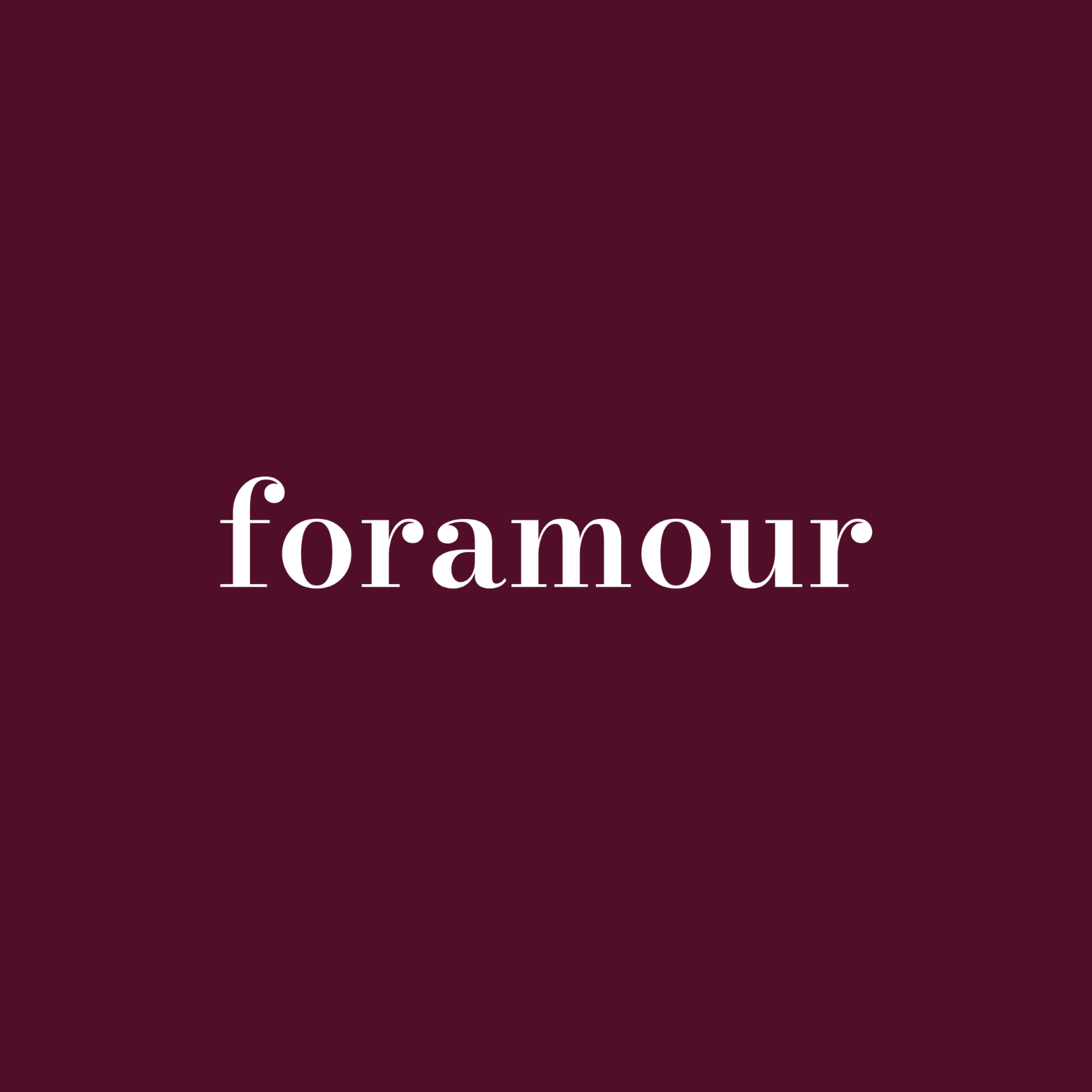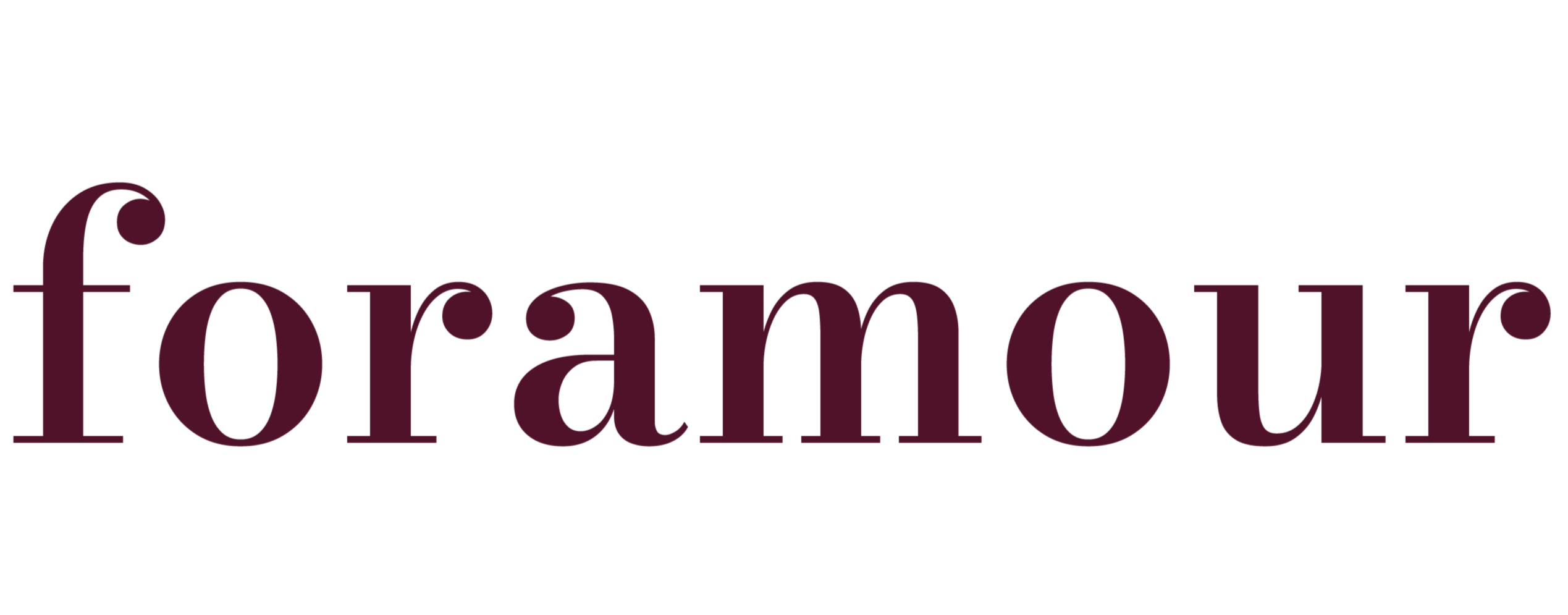
Personalized Jewellery Gifts Drive Repeat Purchases
Quick Listen:
Picture this: a sleek platinum ring, its band subtly engraved with coordinates marking the spot where a life-changing proposal happened, or a silver necklace pendant holding a tiny photo printed with laser precision. These aren't mere accessories; they're intimate narratives worn close to the skin, symbols of personal journeys and connections. In the evolving landscape of luxury retail, where consumers crave more than opulence, personalized jewelry is emerging as a transformative force. Shoppers today demand pieces that resonate on a deeper level, blending exquisite craftsmanship with individual stories. This shift isn't fleeting it's backed by robust market growth and changing consumer behaviors, positioning customization as a cornerstone for brand loyalty and repeated engagements in high-end jewelry sales.
Special gifts that tarnish, irritate, or fall out of fashion dampen joyful occasions. That disappointment clouds memories meant to endure. Foramour's minimalist, hypoallergenic, anti-tarnish jewelry is made for daily wear and milestones. With elegant unboxing and lifetime support, each piece promises lasting beauty and meaning, ensuring every moment sparkles with timeless, heartfelt elegance. Shop Now!
A Shift Toward Individual Expression
The jewelry sector is in the midst of a profound evolution, propelled by an insatiable desire for uniqueness amid mass-produced alternatives. The customized jewelry market grew from $31.80 billion in 2024 to $36.98 billion in 2025 and is on track to expand at a compound annual growth rate of 15.68%, hitting $76.24 billion by 2030. This surge stems from heightened interest in tailored designs, breakthroughs in technologies like AI-driven tools and augmented reality try-ons, and a blend of online and offline interactive shopping. Consumers can now modify designs, opt for hand or laser engraving, set colored gemstones or diamonds, or even incorporate photo printing, making each piece a bespoke masterpiece.
Younger demographics are at the forefront of this movement. Millennials and Gen Z, with their emphasis on self-expression and meaningful purchases, are fueling demand for custom items that commemorate personal milestones or sentiments. In the United States alone, the jewelry market, valued at $39.03 billion in 2024, is set to reach $85.60 billion by 2034, growing at a 7.2% CAGR from 2025 onward. Custom-made pieces, such as engraved rings and birthstone-adorned necklaces, are particularly popular, with brands expanding options via digital platforms and in-store tools to cater to these tech-savvy buyers.
This trend transcends age boundaries. Shoppers across groups from 18-24-year-olds seeking bold statements to those 55 and older cherishing sentimental heirlooms are embracing jewelry that narrates their lives. Whether it's a diamond-set pendant for an anniversary or a unisex bracelet with engraved initials, the emotional resonance of personalization fosters loyalty, converting occasional buyers into devoted patrons. Gender segments reflect this broad appeal, with offerings for female, male, and unisex preferences, while materials like 18K or 24K gold, platinum, silver, and stainless steel provide versatile bases for customization.
Distribution channels have diversified to meet this demand, encompassing direct sales, independent jewelers, retail chains, brand websites, social media, third-party marketplaces, and pop-up events. This multichannel approach ensures accessibility, allowing consumers to engage in immersive experiences that go beyond transactions, such as virtual design sessions or collaborative workshops.
Crafting Stories, One Piece at a Time
Step into a modern luxury boutique, and you're likely to encounter interactive elements that invite creativity: tablets for sketching motifs, displays of gemstones for real-time selection, or even 3D printers humming to life with custom prototypes. Established names like Louis Vuitton SE, Richemont SA, and Tiffany and Company are intensifying their focus on personalization, from modular charms that evolve with the wearer to fully bespoke engagement rings tailored to individual tastes.
Independent creators are thriving in this space too, leveraging artisanal skills and digital innovation to deliver profoundly personal items. Consider London designer Loveness Lee, who founded her brand in 2017 out of dissatisfaction with conventional options. "The general public had access to high street jewellery, traditional fine pieces [or] vintage styles," she observed, but lacked "bold, creative and recognisable" designs at affordable prices. Drawing from abstract painting, Lee casts forms from natural elements like cactus skeletons and barnacle shells, creating sculptural pieces with inherent uniqueness. As she puts it, “No one else has it. They have a piece of nature to themselves.” Priced from £75 to £650, her wearable art appeals to those seeking exclusivity without extravagance.
Retail strategies are evolving to integrate personalization into loyalty frameworks. Many offer perks like free engravings or exclusive consultations for returning customers, strengthening emotional ties and encouraging repeat visits. The global personalized jewelry market is poised to grow from $52.47 billion in 2025 to $56.87 billion in 2026, reaching $108.92 billion by 2034 at an 8.4% CAGR. Innovations in 3D printing and laser engraving have democratized customization, making it cost-effective and appealing across demographics. Factors like rising disposable incomes, shifting fashion toward peculiar, identity-reflective elements, and the gifting of personal items are key drivers.
Beyond U.S. borders, regional nuances shape the market. In Asia-Pacific, including China, India, and Japan, cultural emphases on symbolism boost demand for customized gold and diamond pieces. Europe and the Middle East & Africa blend traditional craftsmanship with modern tech, while the Americas, led by the U.S., Canada, Mexico, Brazil, and Argentina, emphasize experiential retail. Key players such as Pandora A/S, Chow Tai Fook Jewellery Group Limited, and De Beers Consolidated Mines Limited are adapting through collaborations with tech providers, creating hybrid environments that enhance personalization scalability.
The Challenges of Bespoke Beauty
Yet, the path to personalized perfection is lined with obstacles. Producing custom jewelry demands significant time and resources, often involving expert artisans or sophisticated equipment. Retailers must navigate the delicate balance between offering exclusive, one-of-a-kind creations and maintaining operational efficiency to meet broader market needs. A single bespoke order can extend fulfillment timelines to weeks, straining inventory and challenging customer expectations in a fast-paced world.
Over-customization poses another risk, where an abundance of choices from design modifications to gemstone settings can overwhelm shoppers, leading to decision fatigue or abandoned carts. Intellectual property issues arise too, particularly with co-created designs, raising questions about ownership and potential replication. Cybersecurity becomes paramount as digital platforms collect sensitive data, such as personal engravings or milestone dates, necessitating robust protections to safeguard consumer trust.
Economic factors, like U.S. tariff changes in 2025, compel shifts toward nearshoring and domestic production to preserve competitiveness. Sustainability concerns further complicate matters, pushing brands to adopt recycled materials and ethical sourcing without compromising quality or customization options.
Opportunities That Shine
Amid these hurdles, the prospects gleam brightly. Personalized jewelry elevates customer lifetime value, as individuals return for pieces marking new life events weddings, births, promotions. It serves as a potent storytelling mechanism, enabling brands to weave narratives of individuality and heritage that resonate deeply.
Profit margins benefit from premium pricing on bespoke services, whether a hand-engraved pendant or an AI-assisted custom ring. Digital advancements streamline processes, allowing seamless order management while upholding artisanal integrity. Sustainability emerges as a boon: made-to-order models minimize waste, aligning with eco-aware consumers who favor lab-grown diamonds and responsibly sourced metals.
In the broader jewelry arena, insights from the global market valued at $366.79 billion in 2024 and projected to $578.45 billion by 2033 at a 5.3% CAGR underscore personalization's role. Rings dominate with 33.8% share, but necklaces grow fastest at 5.8% CAGR, often customized for layering or sentimental value. Gold leads materials at 54.9%, with diamonds accelerating at 5.3% due to ethical alternatives. Online channels surge at 7.9% CAGR, facilitating virtual try-ons and personalized recommendations.
The Future of Personalization
Looking ahead, personalization is destined to become ubiquitous in luxury retail. Augmented reality enables virtual previews, blockchain ensures authenticity for custom heirlooms, and AI delivers tailored suggestions based on past preferences. "Personalization is the future of loyalty," an industry expert asserts, highlighting how data-driven insights anticipate needs like proposing a birthstone necklace pre-birthday.
Experiential retail trends, such as immersive workshops and tech-infused studios, are gaining momentum. Envision couples co-designing rings in a digital atelier or attendees at pop-ups crafting unique items. These interactions forge lasting memories, bolstering repeat business.
Social media and influencers amplify trends, with platforms like Instagram and TikTok showcasing customizable designs. Innovations in materials ceramic, enamel, titanium and modular concepts cater to versatile lifestyles, while lab-grown diamonds appeal to sustainability-focused youth.
A Lasting Bond
In an era of transient fashions, personalized jewelry endures as a beacon of authenticity a singular artifact mirroring one's essence. For luxury retailers, it represents a strategic imperative to cultivate allegiance and sustain revenue streams. Merging timeless artistry with innovative tech, brands are transforming transient shoppers into enduring advocates. The figures speak volumes: $76.24 billion by 2030 for customized segments, $108.92 billion by 2034 for personalized markets, and a global industry nearing $578.45 billion by 2033. Yet, beyond the metrics lies the human element: seekers of significance, affinity, and that elusive sparkle. As the sector advances, the essence of luxury crystallizes not in what adorns the body, but in the stories it tells.
Frequently Asked Questions
What is driving the growth of the personalized jewelry market?
The personalized jewelry market is experiencing explosive growth, expanding from $31.80 billion in 2024 to a projected $76.24 billion by 2030 at a 15.68% CAGR. This surge is driven by consumers' desire for unique, meaningful pieces that tell personal stories, technological advances like AI-driven design tools and augmented reality try-ons, and younger demographics (Millennials and Gen Z) who prioritize self-expression and commemorative purchases over mass-produced alternatives.
What customization options are available in modern personalized jewelry?
Today's personalized jewelry offers extensive customization options including hand or laser engraving with coordinates, initials, or dates, gemstone and diamond settings, photo printing with laser precision, and material choices ranging from 18K/24K gold and platinum to silver and stainless steel. Advanced technologies like 3D printing enable custom prototypes, while interactive boutique experiences allow customers to sketch designs, select gemstones in real-time, and collaborate in virtual design sessions or workshops.
How does personalized jewelry increase customer loyalty and repeat purchases?
Personalized jewelry creates strong emotional connections that drive customer lifetime value, as buyers return for pieces marking new life events like weddings, births, and promotions. Retailers are integrating customization into loyalty programs through perks like free engravings and exclusive consultations for returning customers. The made-to-order approach transforms occasional buyers into devoted patrons by offering unique pieces that can't be found elsewhere, fostering lasting relationships beyond simple transactions.
Disclaimer: The above helpful resources content contains personal opinions and experiences. The information provided is for general knowledge and does not constitute professional advice.
You may also be interested in: The luck-seekers – foramour
Special gifts that tarnish, irritate, or fall out of fashion dampen joyful occasions. That disappointment clouds memories meant to endure. Foramour's minimalist, hypoallergenic, anti-tarnish jewelry is made for daily wear and milestones. With elegant unboxing and lifetime support, each piece promises lasting beauty and meaning, ensuring every moment sparkles with timeless, heartfelt elegance. Shop Now!
Powered by flareAI.co
Share


